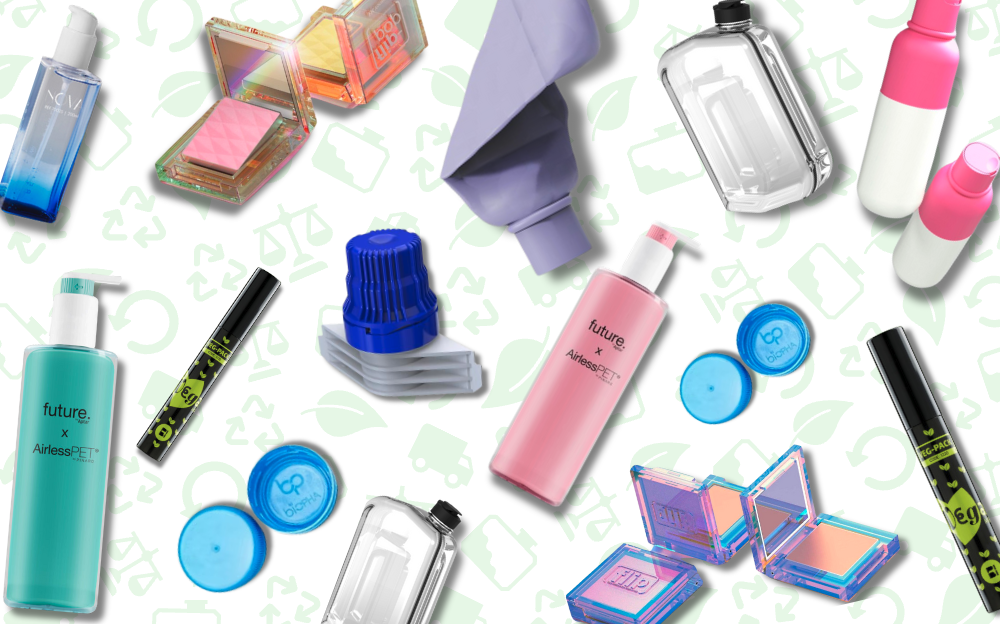
Do ESG Claims on Packaging Actually Drive Sales Growth?
Consumers are statistically more sustainability savvy and driven than ever to buy consciously. Yet, CEOs anecdotally report underwhelming ROIs on product launches that incorporated ESG claims. In collaboration with NeilsenIQ, recent research from McKinsey uncovers if both can be true and, if so, where is the sweet spot for sales growth.
There are 14 trillion dollars of consumer dollars up for grabs in the US annually, of which a significant portion goes to everyday CPG goods. So the question is: do sustainability claims (founded or not) and investment into the actions and marketing accompanying them move the dial in sales growth?
Key Takeaways
- In 68% of categories, products that made ESG-related claims on packaging grew faster than those that didn’t.
- Products making ESG-related claims averaged 28 percent cumulative growth over the previous five-year period, while products not making ESG claims averaged 20 percent growth for the same period.
- On average, products with multiple claims on packaging across six ESG classification themes grew more quickly than other products with no ESG claims or a single ESG claim.
The McKinsey study targeted consumer values against real-time spending behavior. They looked “beyond the self-reported intentions” and instead examined their actual spending behavior, “tracking dollars instead of sentiment.”
6 Categories of ESG Claims
Ultimately, the report found that there were six categories of ESG claims on product packaging:
- Animal welfare (cruelty-free)
- Environmental Sustainability (eco-friendly)
- Organic Positioning (certifications)
- Plant-based (vegan)
- Social Responsibility (ethical)
- Sustainable Packaging (plastic free)
Results found that, on average, products with multiple claims across six ESG classification themes grew more quickly than other products.
Consumer Behavior: Actions Speak Louder Than Virtue Signaling
The McKinsey study reveals that 60% of respondents would pay more for a product with ESG claims, and 78% say a sustainable lifestyle is important to them.
With the high cost of manufacturing and certifying these products, CEOs want to know: does it really pay to invest in ESG strategy? Do shoppers actually follow through and buy more sustainable products while standing in front of store shelves or browsing online?
Ultimately, the study found that products bearing ESG-related labels brought a solid ROI, and creating such products is “not just a moral imperative but also a solid business decision.”

The study used five years of US sales data from 2017 to June 2022, covering over 600,000 SKUs and representing $400 billion in annual retail revenues. Over 44,000 brands were represented across 32 food, beverage, personal care, and household categories.
The McKinsey report acquiesces that the question is complex and bears nuance. For example, marketing investments, distribution, and promotional activity regarding sales performance were not factored into the study. In addition, the report did not assess the veracity of any ESG-related claims.
4 Key Insights For Companies Looking to Grow Through ESG Investment
1. Spending is definitively shifting toward products with ESG-related claims
Sales show that environmental claims backed by action can be effective growth drivers, with products making ESG-related claims accounting for 56% of all growth in the past five years.
While evidence pointed to higher-income households as the driver, the research showed that a wide range of consumers across incomes, life stages, ages, races, and geographies are buying products bearing ESG-related labels.
2. Large and small brands benefit
Large and small brands alike saw growth in products making ESG-related claims.
In 59% of all categories studied, the smallest brands that made such claims achieved disproportionate growth. And in 68 percent of categories, legacy brands making ESG-related claims outperformed their most established, non-claiming competitors.

In support of bargain buyers, in 88% of categories, private-label products that made ESG claims seized more than their expected growth share which tells us that even price-driven shoppers value supporting ESG-driven products.
3. No one claim outperformed the others
The report found that consumers didn’t gravitate towards one single category of claim. However, they did find that less-common claims were associated with higher growth than more prevalent claims. For example, claims such as “vegan” or “carbon zero” grew 8.5% more than peers.
Products making medium-prevalence claims (such as “sustainable packaging” or “plant-based”) had a 4.7% growth differential over their peers. Even products making widespread claims still enjoyed roughly 2% higher growth than products that didn’t make them.
4. Combining claims may convey more authenticity
There was a positive correlation between the growth rate and the number of distinct types of ESG-related claims a product made In nearly 80% of the categories.
The report notes that making multiple claims without backing would be detrimental, but it behooves companies to think holistically across ESG categories for a broader impact on sales growth.

Strategies for Using ESG to Reach Outsize Growth
Prioritize
The McKinsey report maintains that it is essential for companies to prioritize and invest in ESG-related actions that deliver the most significant advancement of their overall ESG commitments.
Target Actions across Multiple ESG-Related Benefits
Rather than making a single large bet in a particular product or category, companies will have a greater impact and ability to achieve growth targets if they incorporate ESG-related benefits across multiple categories and products and communicate their actions effectively to the public.
Balance New with Old
The study suggests that investing in ESG through existing brands and innovative new products is the key to outsized growth.
Because new products are used to boost category growth, it’s critical to ensure that ESG-boosted products account for a significant share of a company’s innovation pipeline to keep up with consumer demand and expectations.
In Summary
It is important to note there were outliers. Not every brand that made a claim saw a positive effect on sales. But this study did broadly reveal, in many categories, a clear and material link between ESG-related claims and consumer spending.
The study ultimately shows that the appeal of environmentally responsible products is no longer limited to niche audiences but is making genuine headway with consumers at large.





